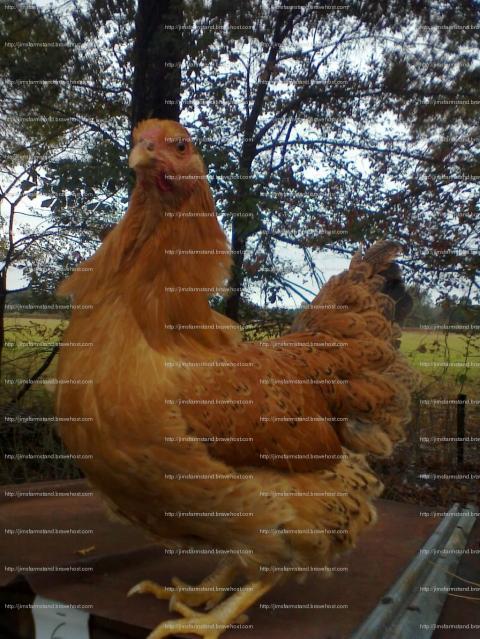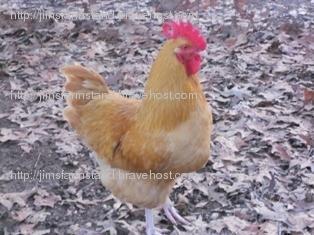Has anyone else had trouble with the buffs from Ideal? Two years ago I got a bunch of buffs. Every one of them had a large pea comb. They weren't hardy at all. The males were abusive and cannibalistic. Their body type was more like buff Cornish. In other words they did not match the description for a Chantecler very well. All of them went to the freezer. I'm thinking I had bad luck and got a bad batch since others say they were up to standard.
I've scrapped the buff. Did anyone else know that the partridge are not "technically" Chanteclers at all? I've always read that they were developed as a color variation of the breed, I guess that is not the whole story. The partridge were once a totally separate and unrelated breed called the "Albertan". The APA changed the name of the Albertan to the Partridge Chantecler and that is how they became known as Chanteclers.
I was a little disappointed because I was inspired to preserve the historical Chantecler and since the other Chanteclers are not technically linked to the first Chanteclers I will be replacing the buff with the original white. Now I understand why the whites are so rare, they are the only strain going back to the original Chanteclers.
I've scrapped the buff. Did anyone else know that the partridge are not "technically" Chanteclers at all? I've always read that they were developed as a color variation of the breed, I guess that is not the whole story. The partridge were once a totally separate and unrelated breed called the "Albertan". The APA changed the name of the Albertan to the Partridge Chantecler and that is how they became known as Chanteclers.
I was a little disappointed because I was inspired to preserve the historical Chantecler and since the other Chanteclers are not technically linked to the first Chanteclers I will be replacing the buff with the original white. Now I understand why the whites are so rare, they are the only strain going back to the original Chanteclers.











